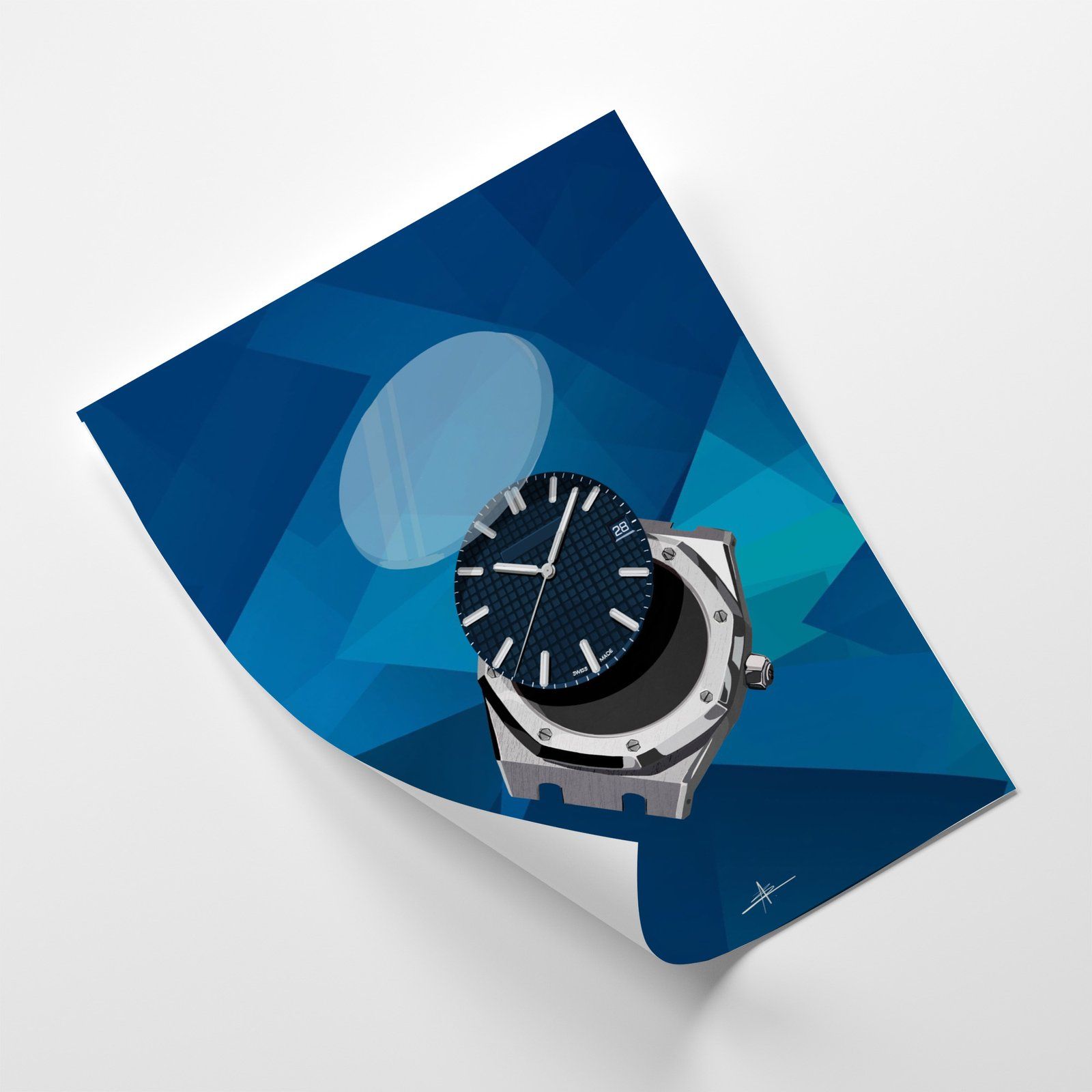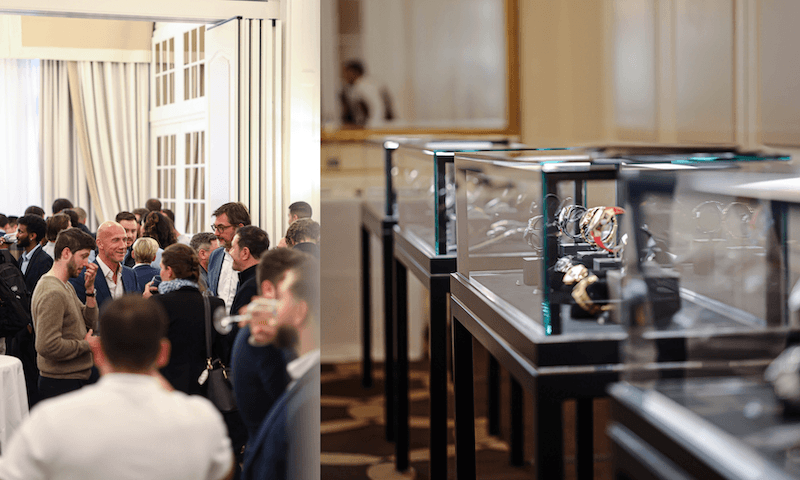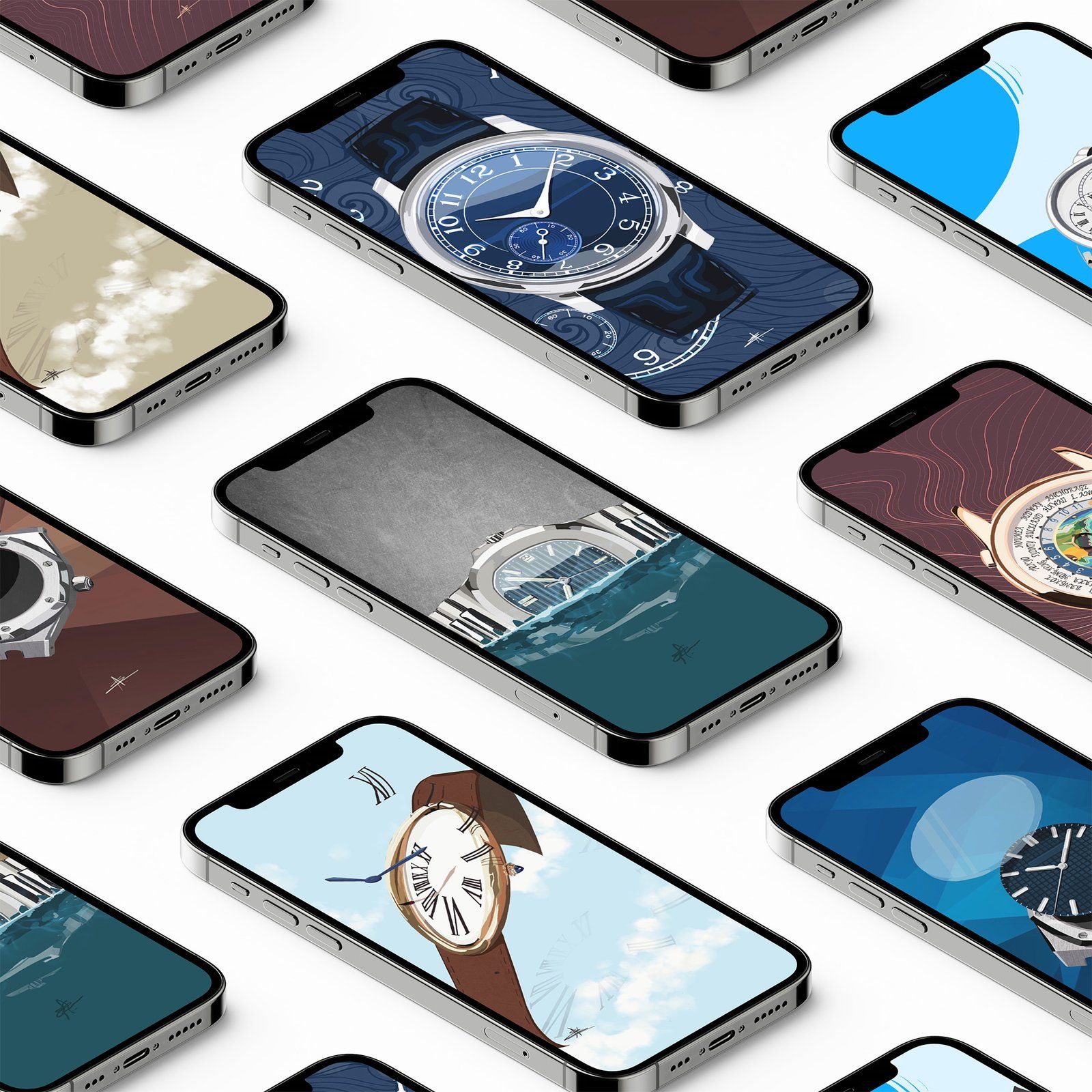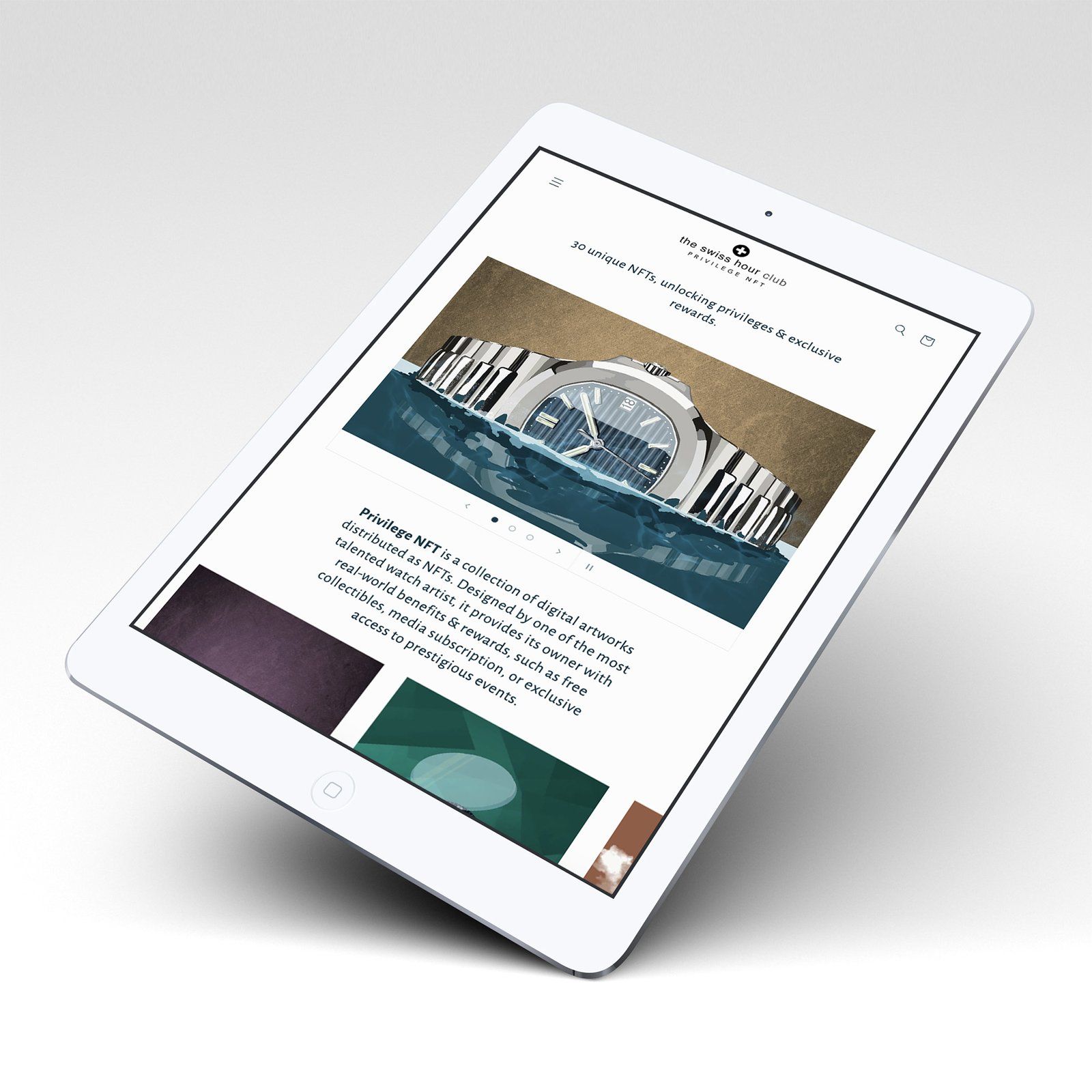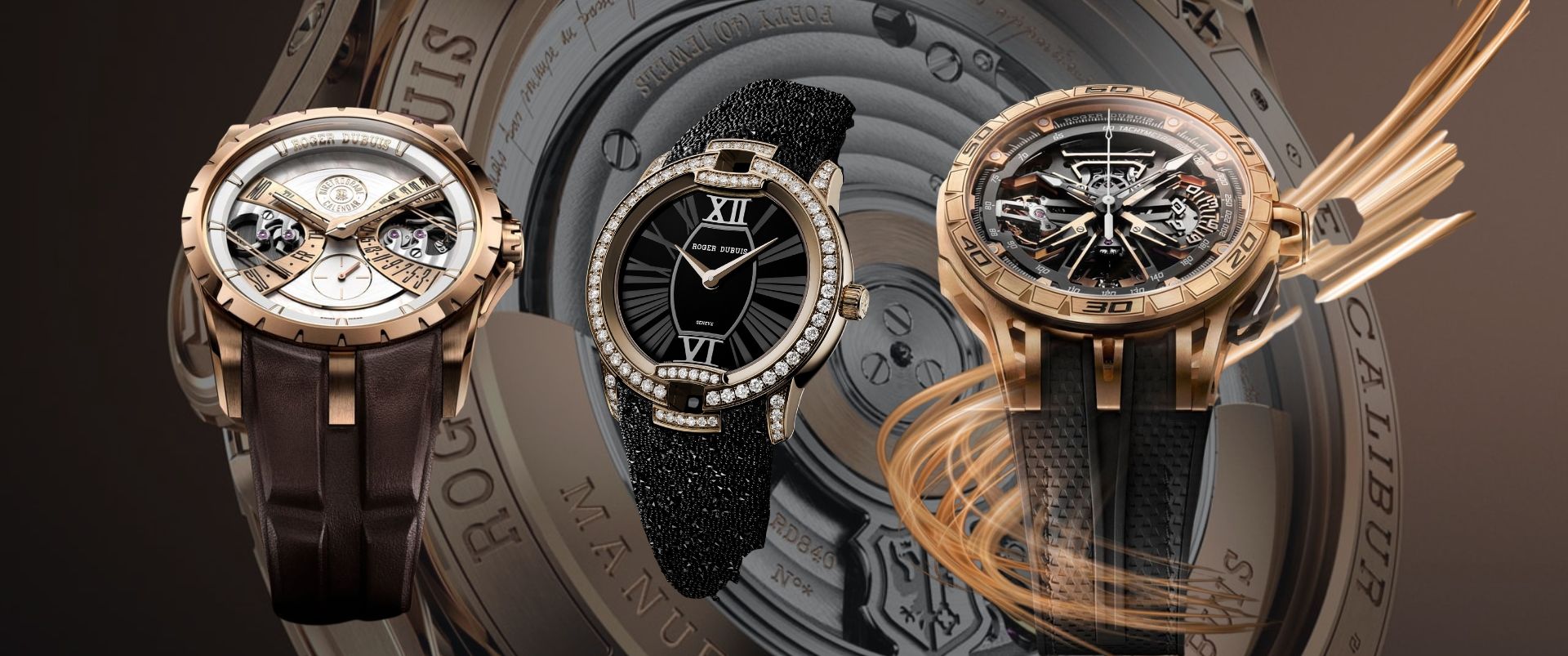In Conversation With: Thomas Campion, CEO At The Swiss Hour On ‘Privilege NFTs’ & Impact On The Watch World
Imagine this… have you ever had a watch on your wishlist but know it may be a far-fetched dream due to scarcity? Now, what if you could own a digital version of it? Yes, it’s possible, although not as fancy as the touch and feel experience of a watch on your wrist. Technology has permeated deep into every industry and the watchmaking industry is not left behind. Enter, the world of NFTs.
The watch industry has been taken over by NFTs. There is, as with any novel concept, a great deal of uncertainty about its nature, function, and significance. Is this something that will eventually die out? What role do they play if any? In what way do NFTs qualify as unique? These are all reasonable concerns, and I'll do my best to answer them in what follows. But, back to basics.
Non-fungible tokens: What’s the buzz all about?
NFTs (non-fungible tokens) are digital assets that are stored on a blockchain, which provides a unique certificate of ownership and provenance for each item. While NFTs have primarily been associated with digital art and collectibles, they have the potential to impact a variety of industries, including watchmaking.
Today, brands create unique digital assets that correspond to physical watches. Watchmakers could create NFTs that represent specific watches, providing a way to track ownership, authenticity, and the history of the watch. This could be particularly valuable for rare and valuable watches, such as vintage or limited-edition models.
NFTs also have the ability to create new revenue streams. Watchmakers could create limited-edition digital watches that exist only as NFTs, providing collectors with a unique and exclusive digital asset. These NFTs could also be used as a way to unlock exclusive content, such as virtual tours of watchmaking factories or behind-the-scenes glimpses of the design process.
The watch industry is just getting started with NFTs. Jean Claude Biver awhile back spearheaded an effort to sell an NFT at auction on OpenSea, the "Sotheby's" of NFTs. An early prototype Hublot Big Bang, the NFT was a digital twin of that watch. It's unclear what happened when the auction was supposed to end on April 30 but the high bidder backed out of a 25 ETH (roughly $70,000) offer on the last day of the sale. However, there are more on the way, and it's not just the major brands that are participating. We also saw the participation of independents; renowned watchmaker Konstantin Chaykin is selling digital twin NFTs of each version of his Joker watch that displays the time.
To discuss this digital adoption, and the plethora of opportunities NFT brings, we caught up with Thomas Campion, CEO at The Swiss Hour Club. Are you ready to enter the digital world?
THM: What is the Swiss Hour Club and how did it come about? What makes it different from other clubs?
Thomas: I moved to Switzerland 5 years ago and started working in the watch industry as a marketing specialist for over 45 brands today. Coming to Switzerland I was fascinated with the RedBar Chapter and founded The Swiss Hour Club. Apart from organising several watch events, what makes it special is it doesn’t have only collectors but also brand executives, CEOs, contracting world, journalists. Brands were invited to come display their watches to our members. Through the events we organise, brands get visibility and can connect with various collectors. The inspiration came from my marketing consultancy aspect that I provided brands with and also for people producing the watch parts. My idea was to build a cohesive ecosystem of everyone coming together. Everyone comes to our events because of the diversity we offer!
THM: Watch collector clubs often have stringent parameters and an individual cannot enter the community and the experiences it has to offer. How can one join your club and what exclusivity does it offer?
Thomas: nitially, the membership was free. However, when brands and Manufacture’s reached out to me with exclusive services for my members, I created a membership model to offer more exclusive services to less people. Instead of doing this the normal way, I tied up with a famous watch artist who designed 30 unique privilege NFTs for the club. And this is how we ventured into NFTs. I’m always looking at different ways to activate the audience.
THM: As we know Metaverse & NFT are being embraced by watch world. Typically, an NFT in the watch world means a digital twin of the physical watch that can be traded via crypto currency. What’s different about your privilege NFTs? How long does it take to make an NFT?
Thomas: There were different ideas behind it. The first one was a request to offer something different and exclusive to my members. We now have 10,000 members on Instagram and 1500 subscribers to our newsletters. Our events are limited to a 100-150 people. Contrary to my philosophy of having diversity and inclusivity, these requests started pouring in. Next, I also wanted to engage more with the community and for them to become to protagonists. This is what technology brings - giving back to the community. When we created the NFTs, I asked for feedback from them. When questions about the future were raised, these NFTs would serve as a medium to connect with them and for them to come forward with ideas.
Creating an NFT is a challenge. An artist who had been on my radar for a while designed the 30 unique artworks on the NFTs we have. Next, I learned about the Web3 technologies, and built a smart contract. I had an opportunity to build a website where people could own their own NFTs. Setting a service online, I help my audience to create a wallet and own their NFTs.
THM: Today, brands like Breitling, Vacheron Constantin are using blockchain to create digital certificates for their luxury watches which show authenticity and to avoid potential counterfeiting. Where do you think the watch industry is headed when it comes to Metaverse and NFTs?
Thomas: It’s difficult because there are several metaverses - from public to private. Brands are using private metaverses to control the narrative. However, the most important thing to consider is what you wish to offer to your clients. If the idea is to reach out to newer audiences, public metaverse is the way forward. For me, the most interesting thing about Web3 technologies is how to give the power back to the community and organizing exclusive events through a private metaverse.
THM: Metaverse is about embracing the society as a whole. However, there have been mixed responses on how to adopt this technology. Will it be a successful investment in the long run or will it miss the mark?
Thomas: It’s a good investment for the brand paying for it. We are still at a very nascent stage, and it’s a learning process. For brands launching new projects, it serves as a great investment. On the other hand, it’s a matter of trust and sharing a philosophy. Someone, who buys my NFT will get several benefits with a promise for additional benefits in the future which exceed the money invested. To decide if it’s a good investment will still need time.
THM: Collectible watches are getting harder to get. And brands are realising this gap and creating NFTs. But, in your opinion, will an individual spend a huge sum of money on a digital asset that you can’t even touch?
Thomas: The watch collectors are very similar to art collectors. When I dived into this NFT world, it fascinated me. However, I still like opening my watch box and physically admiring the watches. However, those who respect art, will embrace the world of NFTs.
THM: Lastly, What appeal value does NFT hold for a heritage watchmaker?
Thomas: It holds immense value. In conversation with watchmakers like Rudis Sylva and Ferdinand Berthoud, the CEO said he was not looking to produce watches for thousands of customers. It all boils down to your philosophy of the watchmaker. We don’t know yet what will be the best use cases for an independent watchmaker yet. But there is great potential!
To conclude, NFTs have the potential to be phenomenal for the watch industry and watch community, but to get there, the industry will need to restructure how it thinks about the new tech and its worth. Things might proceed in a different direction if the industry can use NFTs to support and promote a new market for more extensive horological souvenirs, where the culture of the community and the sort of acquired items run deep, fostering an understanding of horological history.
No articles found

